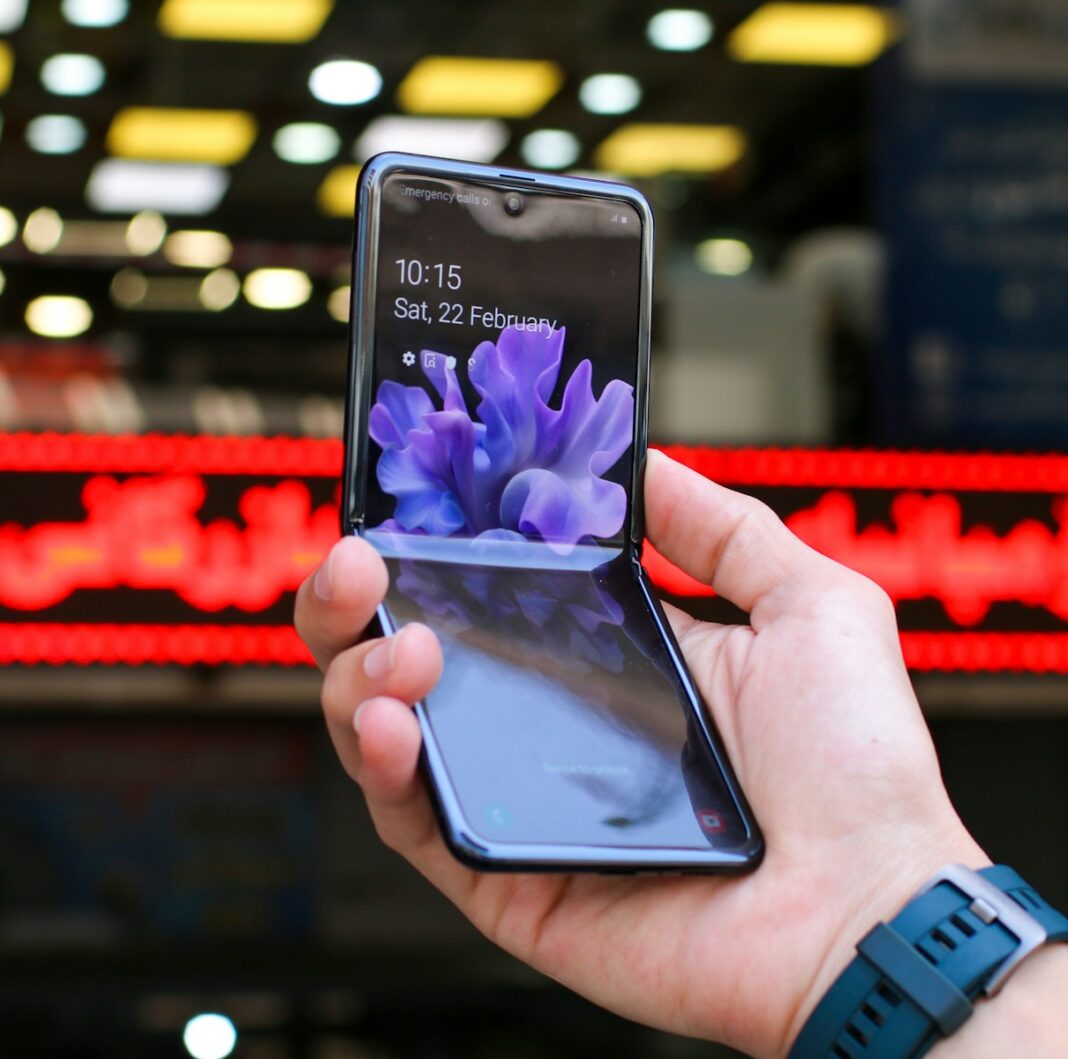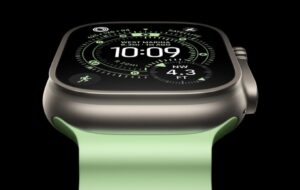Apple’s bringing new Technology
In the ever-evolving world of technology, Apple has consistently been at the forefront of innovation. From the introduction of the first iPhone in 2007 to the latest iPhone 12 series, Apple has continuously pushed the boundaries of design and functionality. As consumers eagerly await the next big move from the tech giant, rumors and speculations have been circulating about thinner iPhones and the integration of foldable technology. This article will explore the evolution of iPhone design, the future of smartphones with foldable technology, and what to expect from Apple’s approach to this exciting new development.
The Evolution of iPhone Design: From Thin to Thinner
Apple has always prioritized sleek and elegant design in its products, and the iPhone is no exception. Over the years, we have witnessed a remarkable evolution in the iPhone’s design, with each iteration becoming thinner and more refined. The first-generation iPhone was a groundbreaking device, but it was relatively thick compared to today’s standards. However, Apple quickly recognized the importance of slimness and made significant strides in reducing the thickness of subsequent models.
With the introduction of the iPhone 4 in 2010, Apple revolutionized smartphone design by introducing a sleek, glass-backed device that was only 9.3mm thick. This was followed by the iPhone 5 in 2012, which further reduced the thickness to a mere 7.6mm. The trend continued with the iPhone 6 and 6 Plus in 2014, which were even thinner at 6.9mm and 7.1mm, respectively. Apple’s commitment to thinner devices not only enhances the aesthetic appeal but also improves portability and user experience.
Foldable Technology: The Future of Smartphones
Foldable technology has emerged as a game-changer in the smartphone industry, offering users a unique and versatile experience. With foldable smartphones, users can enjoy the convenience of a compact device that unfolds into a larger screen, providing a tablet-like experience. This technology has the potential to revolutionize the way we use our smartphones, offering increased productivity and multitasking capabilities.
Several smartphone manufacturers have already ventured into the foldable market, with Samsung leading the way with its Galaxy Fold series. These devices feature flexible displays that can be folded in half, allowing users to switch seamlessly between a smartphone and a tablet. The market response to foldable smartphones has been positive, with consumers appreciating the added functionality and versatility.
Apple’s Approach to Foldable Technology: What to Expect
As Apple continues to innovate, it is only a matter of time before they enter the foldable smartphone market. While the company has remained tight-lipped about its plans, industry insiders and analysts predict that Apple’s approach to foldable technology will be unique and groundbreaking.
One possibility is that Apple may introduce a foldable iPhone with a flexible OLED display, similar to Samsung’s Galaxy Fold. This would allow users to enjoy a larger screen when needed while maintaining the convenience of a compact device. Apple’s expertise in display technology, as demonstrated by the introduction of the Super Retina XDR display in the iPhone 12 Pro, suggests that they have the capability to deliver a superior foldable display.
Another possibility is that Apple may take a different approach and introduce a foldable device with a clamshell design, similar to Motorola’s Razr. This design would offer a more compact form factor when folded, making it easier to carry and use with one hand. Apple’s focus on user experience and ergonomics could lead them to explore this design option.
Regardless of the specific approach, one thing is certain: Apple’s entry into the foldable smartphone market will bring a new level of innovation and excitement. As Apple has done in the past, they will likely prioritize seamless integration of hardware and software, ensuring a smooth and intuitive user experience.
In conclusion, Apple’s next big move in the smartphone industry is expected to be thinner iPhones and the integration of foldable technology. The evolution of iPhone design has consistently prioritized slimness, enhancing both aesthetics and user experience. Foldable technology represents the future of smartphones, offering users increased functionality and versatility. While Apple’s specific approach to foldable technology remains a mystery, their history of innovation and commitment to user experience suggests that they will deliver a groundbreaking device. As consumers eagerly await Apple’s next move, the anticipation for thinner iPhones and foldable technology continues to grow.











